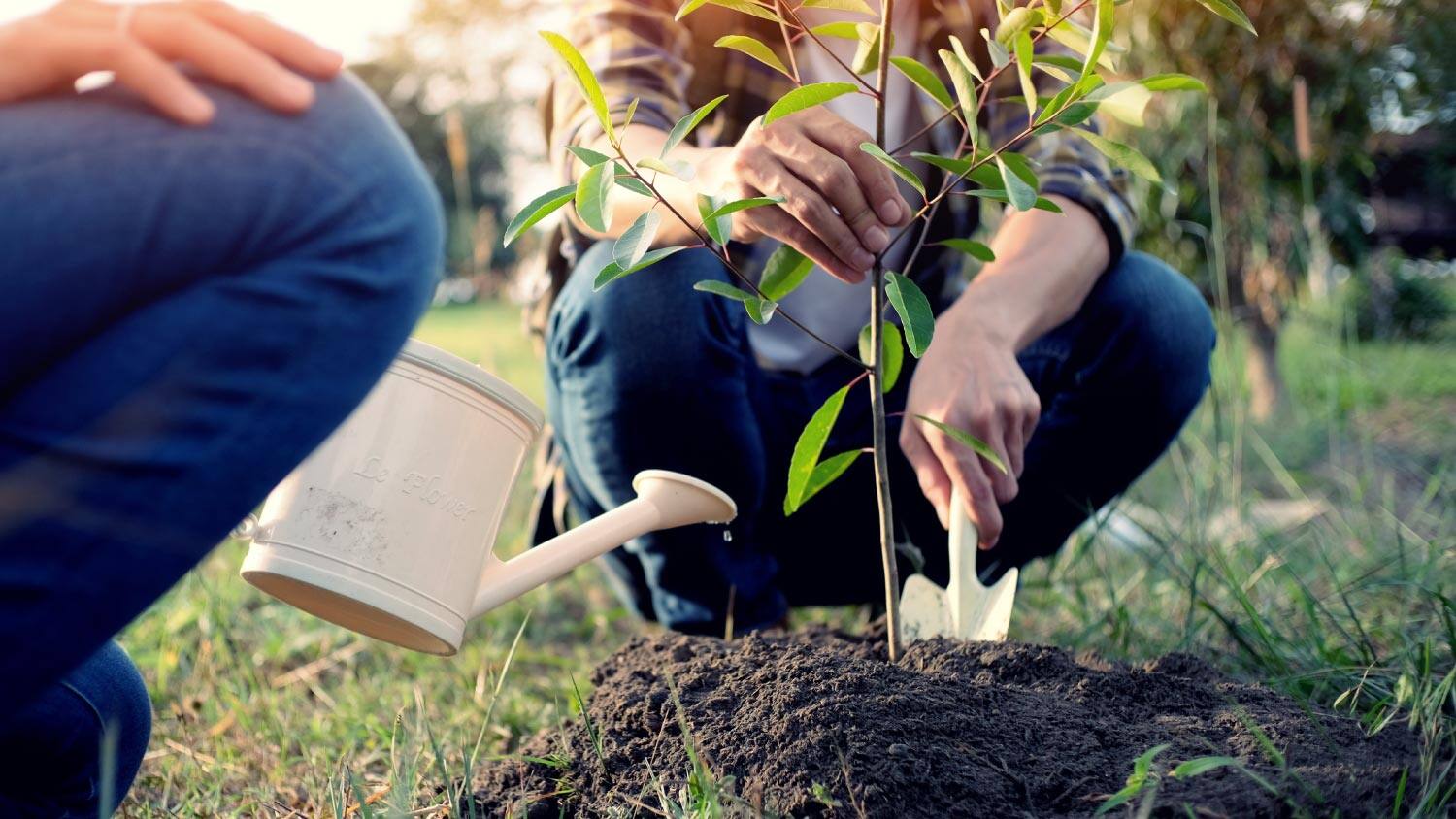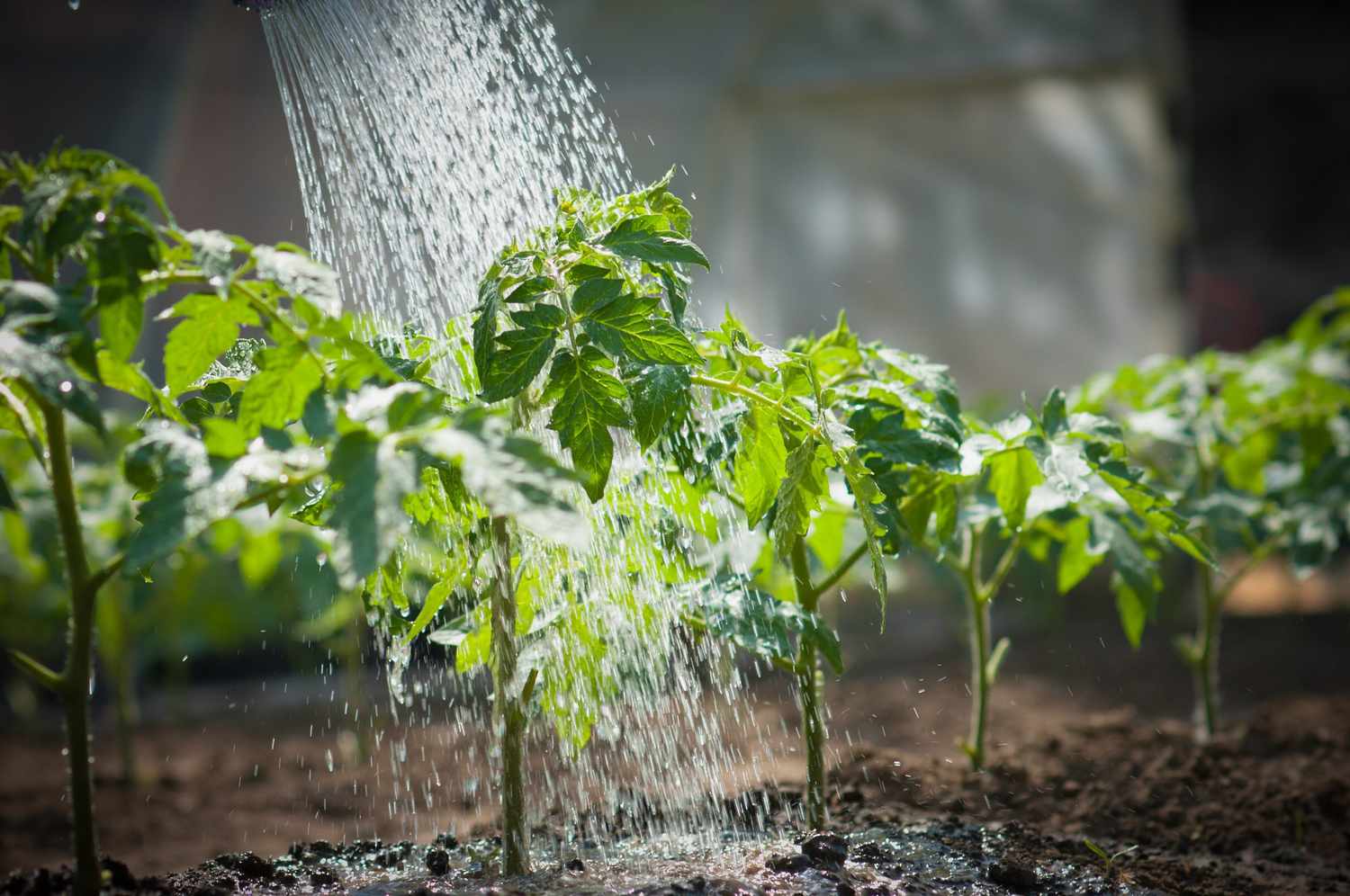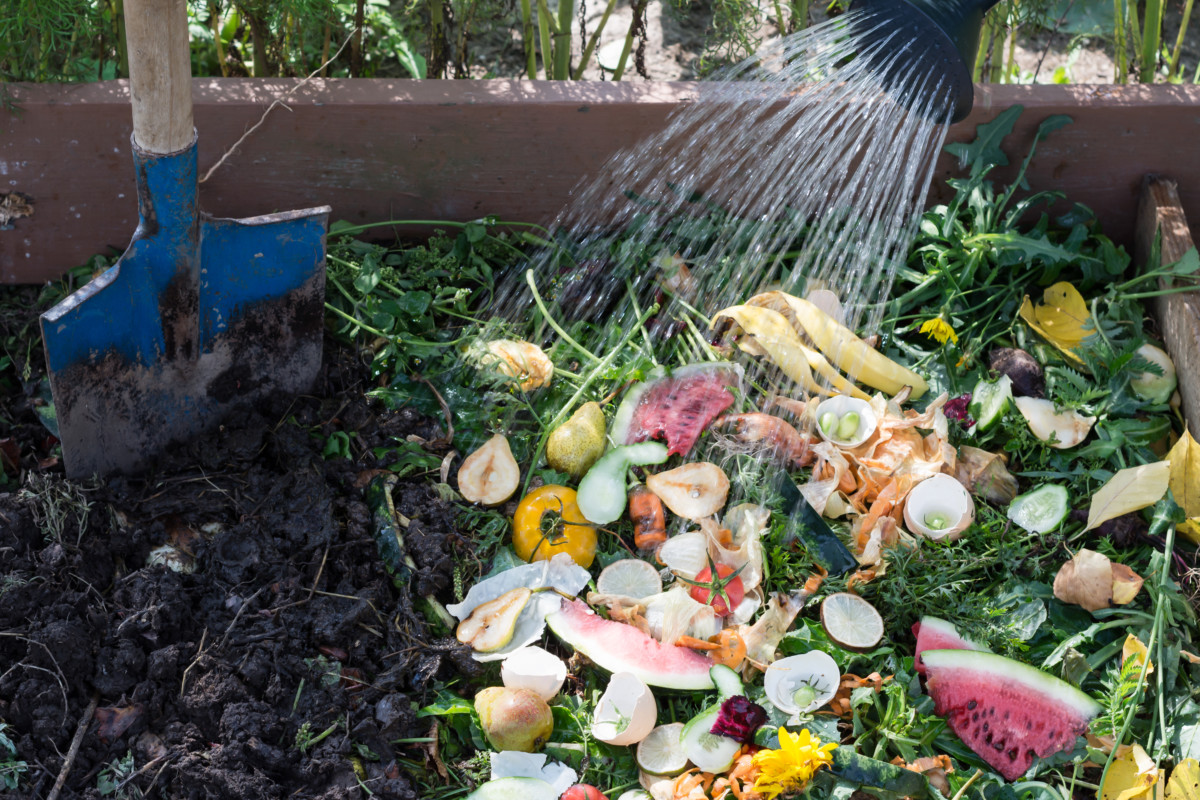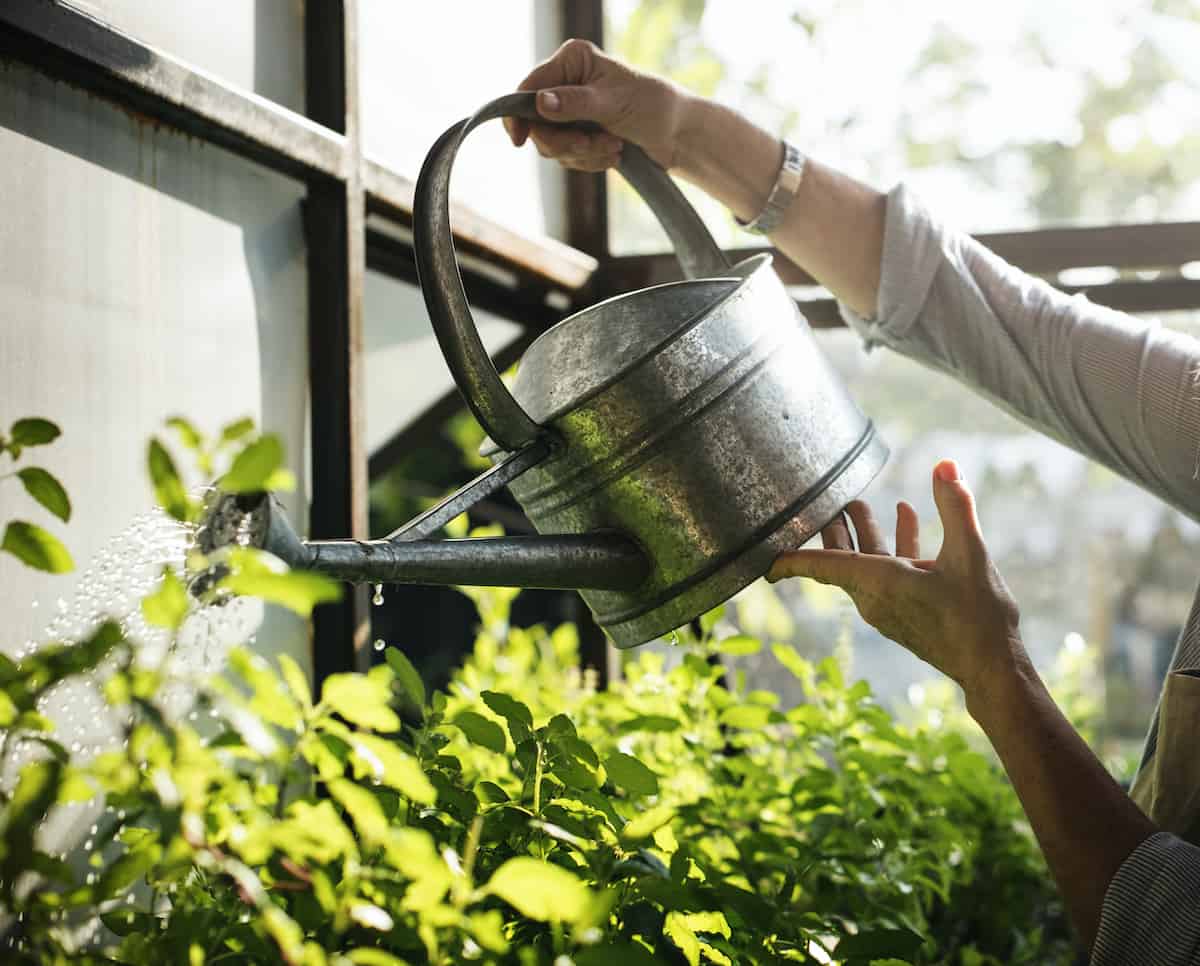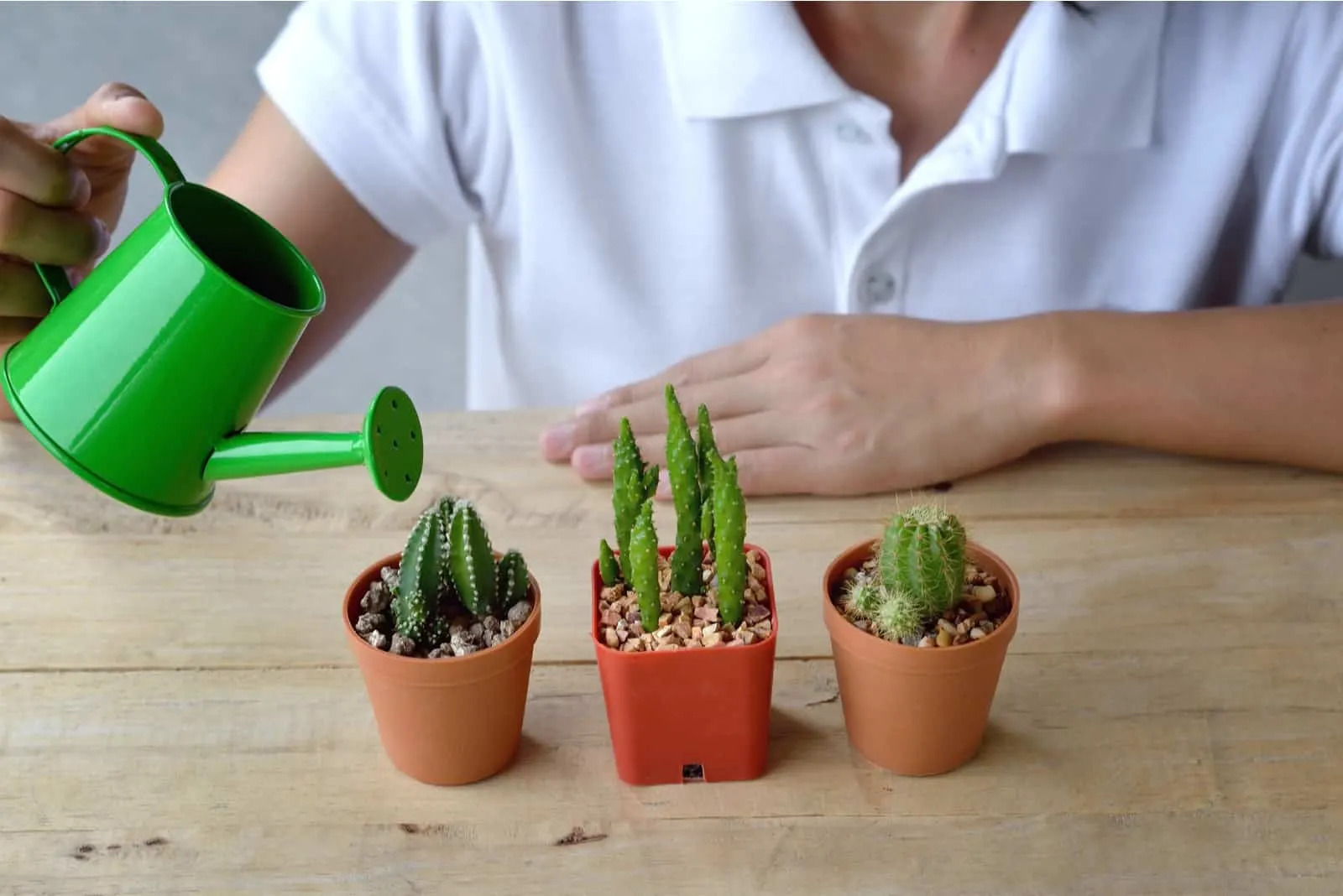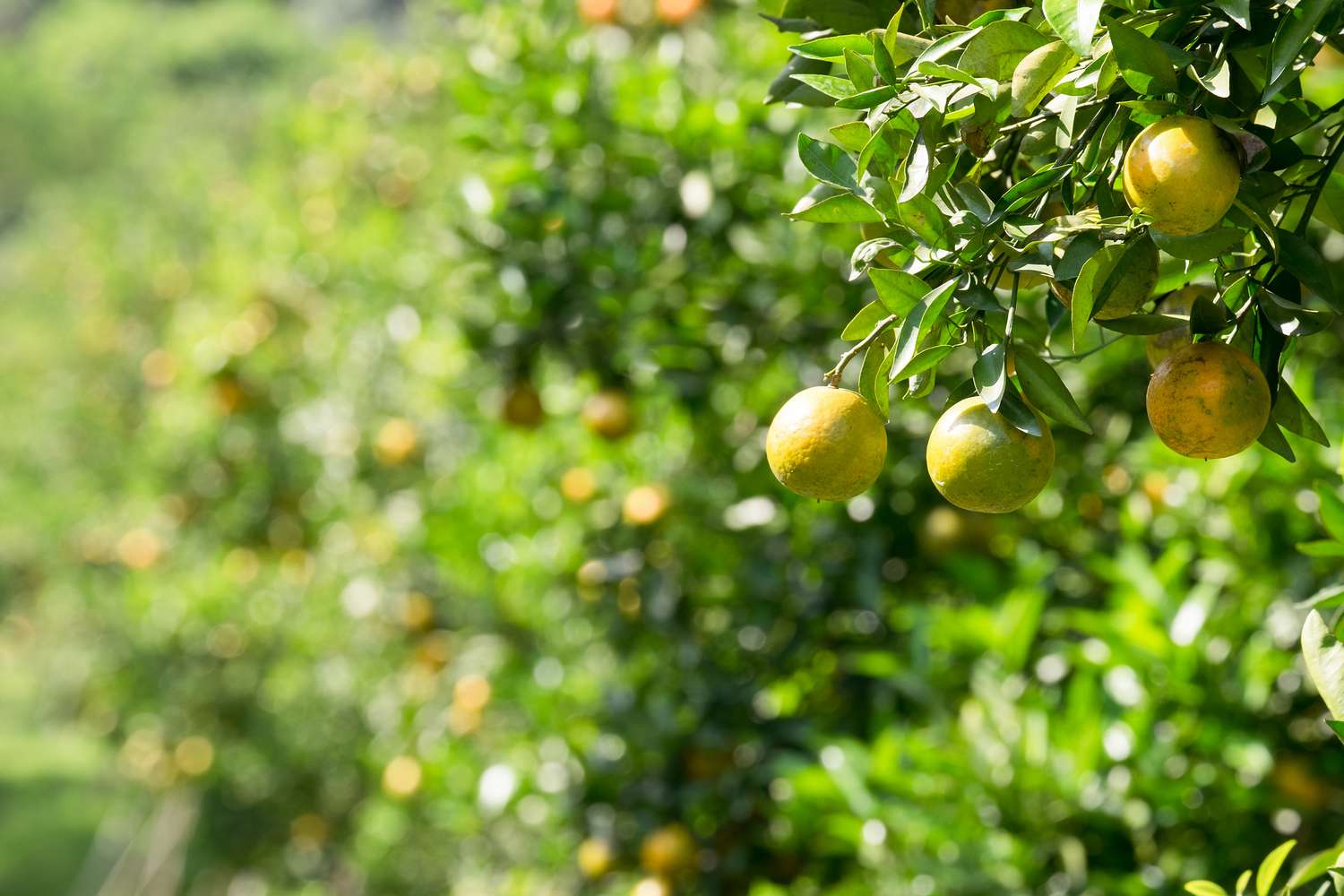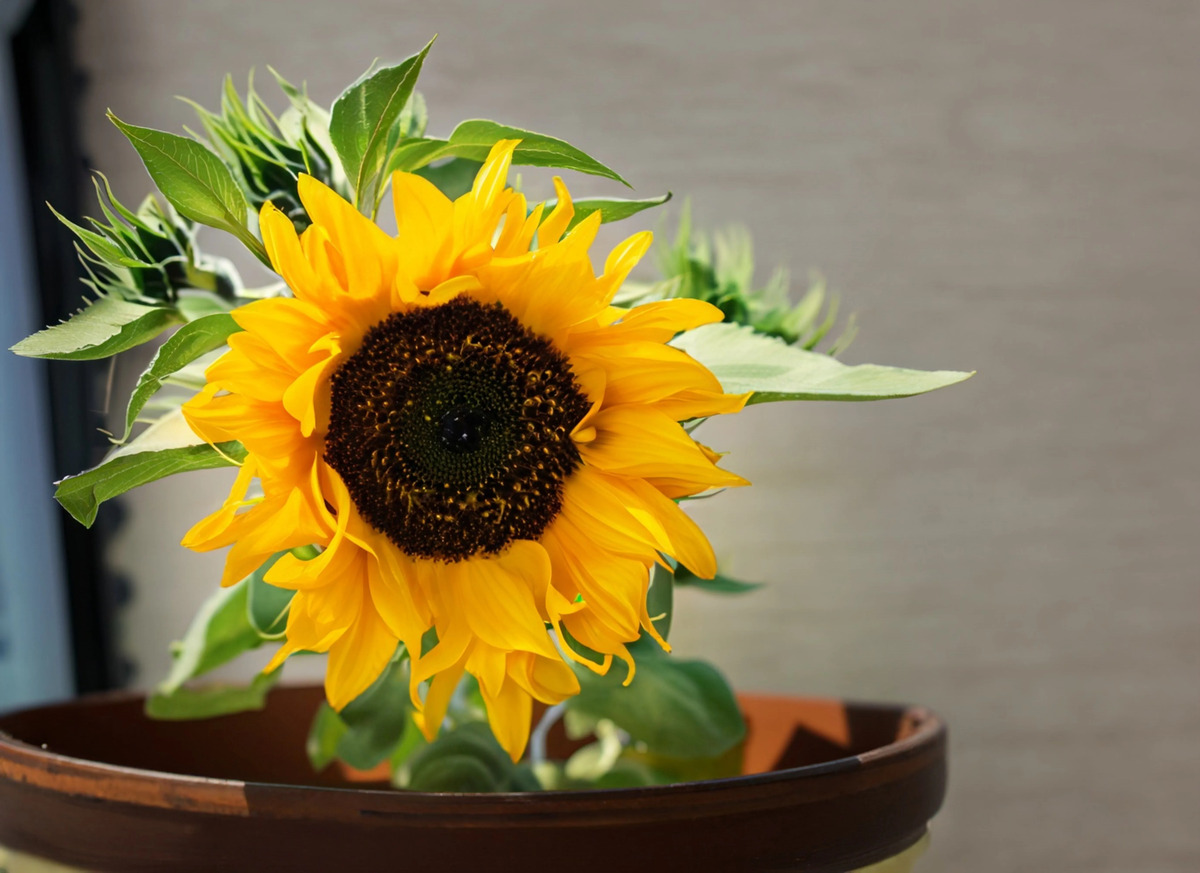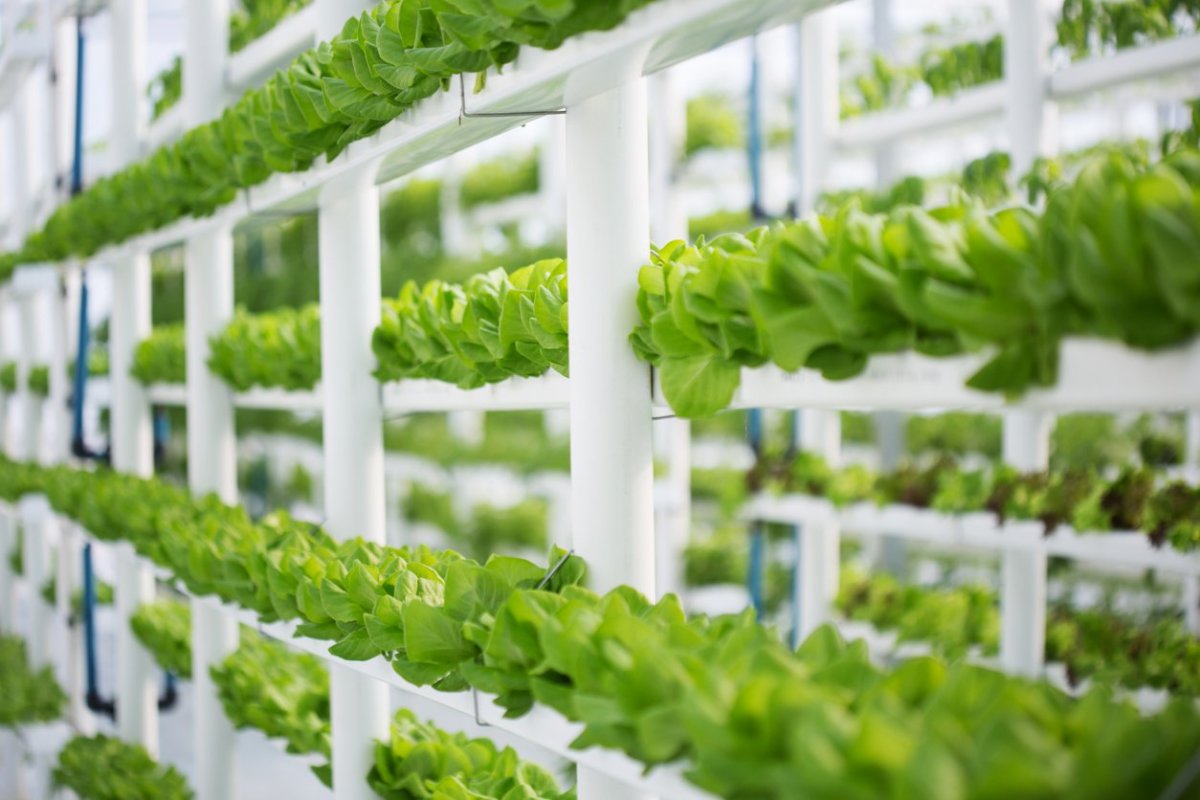Home>Gardening Techniques>Plant Care>How Often To Water Hydrangeas After Planting


Plant Care
How Often To Water Hydrangeas After Planting
Published: September 2, 2023
Discover the optimal watering frequency for hydrangeas after planting with our comprehensive plant care guide. Keep your hydrangeas healthy and thriving with expert tips and advice.
(Many of the links in this article redirect to a specific reviewed product. Your purchase of these products through affiliate links helps to generate commission for Chicagolandgardening.com, at no extra cost. Learn more)
Table of Contents
Introduction
Welcome to the wonderful world of plant care! If you’re a proud new owner of hydrangeas or are considering adding them to your garden, you’ve come to the right place. Hydrangeas, with their beautiful and vibrant blooms, are popular among gardeners of all skill levels. However, one of the most crucial aspects of maintaining healthy hydrangeas is proper watering.
Proper watering is essential to ensure the survival and well-being of your hydrangeas. It not only affects their growth and overall health but also plays a significant role in the longevity of their blooms. Knowing how often to water your hydrangeas, especially after planting, can be a bit challenging. But fear not, in this article, we will guide you through the process of determining the perfect watering frequency for your newly planted hydrangeas, as well as provide some tips for watering established hydrangeas.
Before we delve into the specifics, let’s consider a few key factors that can influence the watering needs of your hydrangeas:
- The climate in your area: Different climates have different levels of humidity and rainfall, which can impact how often you need to water your hydrangeas.
- The type of hydrangea: There are several varieties of hydrangeas, including macrophylla, quercifolia, and paniculata, each with its own specific watering requirements.
- The soil type and drainage: Hydrangeas thrive in well-draining soil, so if your soil retains water, you may need to adjust your watering frequency accordingly.
Now that we have a better understanding of the factors at play, let’s explore the ideal watering frequency for your newly planted hydrangeas.
Factors to Consider
When determining the watering needs of your hydrangeas, it’s important to consider several factors that can influence how often and how much water they require. By taking these factors into account, you can create the optimal watering routine for your plants. Here are some key factors to consider:
- Climate: The climate in your area plays a significant role in the watering needs of your hydrangeas. In hot and dry climates, hydrangeas may require more frequent watering to combat dehydration. Conversely, in cooler and more humid climates, you may not need to water them as often.
- Hydrangea Variety: Different hydrangea varieties have varying water requirements. For example, macrophylla hydrangeas prefer moist soil, whereas paniculata hydrangeas are more tolerant of drier conditions. Understand the specific needs of your hydrangea variety to ensure you provide adequate moisture.
- Soil Type and Drainage: Hydrangeas thrive in well-draining soil. If your soil retains water, it can lead to root rot and other problems. On the other hand, if your soil is too sandy or doesn’t retain enough moisture, your hydrangeas may suffer from drought stress. Assess your soil type and make adjustments as needed.
- Plant Size and Stage: The size and stage of your hydrangea plants also determine their water requirements. Newly planted hydrangeas need more frequent watering to establish their root systems. Mature and established plants, on the other hand, can tolerate longer intervals between watering.
- Weather Conditions: Keep an eye on the weather forecast, as it can impact your watering schedule. If there has been substantial rainfall, you may need to adjust the frequency of watering accordingly. Similarly, during periods of intense heat or drought, you may need to increase the amount of water your hydrangeas receive.
By considering these factors, you can ensure that your hydrangeas have the right amount of water to thrive and flourish. In the next section, we will explore the watering frequency for newly planted hydrangeas to help them establish strong, healthy roots.
Watering Frequency for Newly Planted Hydrangeas
After planting your hydrangeas, establishing a proper watering routine is crucial for their successful growth and establishment. During the first few weeks, newly planted hydrangeas require more frequent watering to help their root systems take hold. Here’s a general guideline for watering frequency:
- First Week: Water your newly planted hydrangeas every day to ensure the soil around their roots remains consistently moist.
- Second Week: Reduce watering to every two to three days, allowing the soil to dry slightly between waterings. This helps encourage root growth and prevents the risk of root rot.
- Third Week and Beyond: Gradually transition to watering every three to four days or as needed, depending on the moisture levels of the soil and the weather conditions.
Although this is a general guideline, it is essential to monitor the soil moisture levels and adjust the watering frequency accordingly. Overwatering can lead to root rot and other fungal diseases, while underwatering can cause dehydration and stress in the plant.
One helpful tip is to check the soil moisture by inserting your finger about one to two inches into the soil. If it feels slightly moist, you can delay watering. However, if it feels dry, it is a good indication that your hydrangeas require water.
Remember that the amount of water needed also depends on various factors such as the size of the plant, weather conditions, and soil type. Adjust your watering routine accordingly to ensure your hydrangeas receive the right amount of moisture.
In the next sections, we will explore the signs of overwatering and underwatering in hydrangeas, as well as provide some helpful tips for watering established hydrangeas.
Signs of Overwatering
While watering is crucial for the health of your hydrangeas, too much water can be just as detrimental as underwatering. Overwatering can lead to root rot, lack of oxygen in the soil, and overall stress on the plant. It’s important to recognize the signs of overwatering so you can take corrective measures. Here are some common indicators of overwatered hydrangeas:
- Wilting: Ironically, overwatered hydrangeas may exhibit wilting leaves despite the abundance of water. This is because the roots are suffocated and unable to absorb the excess moisture properly.
- Yellowing Leaves: Overwatering can cause the leaves of your hydrangeas to turn yellow. This is often due to the lack of oxygen reaching the roots, which results in nutrient deficiencies.
- Mold or Fungus: Excessive moisture creates a favorable environment for mold and fungus to thrive. If you notice mold or fungus on the soil surface or on the leaves, it can be a sign of overwatering.
- Root rot: When the roots are constantly submerged in water, they can develop root rot. This is characterized by a foul smell coming from the soil, mushy roots, and the plant’s overall decline.
If you observe these signs, it’s important to take action promptly to prevent further damage to your hydrangeas. Start by adjusting your watering schedule and reducing the amount of water applied. Allow the soil to dry out partially between waterings to prevent overwatering. Additionally, consider improving the drainage around your hydrangeas by amending the soil or adjusting the planting location.
In the next section, we will discuss the signs of underwatering, which require a different approach in terms of watering and care for your hydrangeas.
Signs of Underwatering
Underwatering can cause stress to your hydrangeas and hinder their growth and overall health. It’s important to recognize the signs of underwatering so that you can provide your plants with the necessary moisture. Here are some common indicators that your hydrangeas may be underwatered:
- Wilting: When hydrangeas don’t receive enough water, their leaves and stems may wilt and appear droopy. This is their way of conserving water and protecting themselves from dehydration.
- Dry and Crispy Leaves: Underwatered hydrangeas can develop dry, crispy leaves that may start to curl or turn brown at the edges. This is an indication that the plant is not getting enough water to maintain adequate moisture levels.
- Stunted Growth: Insufficient water availability can result in stunted growth and smaller blooms. Hydrangeas need water to transport nutrients and support their growth processes.
- Leaf Drop: With prolonged underwatering, hydrangeas may start shedding their leaves as a survival mechanism. This is a sign that the plant is under severe stress and requires immediate attention.
- Dry and Cracked Soil: If the soil around your hydrangeas is consistently dry and cracked, it is a clear indication that they are not receiving enough water. Moisture should be maintained evenly throughout the root zone.
If you notice these signs, it’s important to provide your hydrangeas with adequate water to alleviate the stress. Increase the frequency and volume of watering, ensuring that the soil around the roots is sufficiently moist. However, be cautious not to overcompensate and overwater the plants as it can lead to other issues.
Establishing a balance in watering is key to maintaining the health and vitality of your hydrangeas. In the next section, we will provide some essential watering tips for established hydrangeas to help you optimize their care.
Watering Tips for Established Hydrangeas
Once your hydrangeas have become established, their watering needs may change compared to when they were newly planted. Here are some essential watering tips to keep your established hydrangeas healthy and thriving:
- Water deeply: When watering established hydrangeas, it’s important to water deeply to encourage deeper root growth. This helps the plants become more resilient to drought conditions. Ensure that the water infiltrates the soil and reaches the root zone.
- Water in the morning: Watering in the morning allows the leaves and soil surface to dry out during the day. This helps prevent the growth of fungal diseases and reduces the risk of moisture-related issues in the plant.
- Mulch: Apply a layer of organic mulch around your hydrangeas, leaving a gap around the base of the plant. This helps retain soil moisture, regulate soil temperature, and reduce weed growth.
- Monitor soil moisture: Regularly check the soil moisture levels by inserting your finger into the soil. If the top inch of soil feels dry, it’s time to water. Avoid relying solely on a set watering schedule and adjust based on the specific needs of your hydrangeas.
- Water during dry spells: During periods of prolonged dryness, provide additional water to ensure your hydrangeas receive enough moisture. Pay attention to signs of stress, such as wilting or yellowing leaves, and respond accordingly.
- Avoid foliage wetting: When watering, try to keep the foliage dry to minimize the risk of fungal diseases. Direct the water to the soil around the base of the plants rather than spraying over the leaves.
Remember, different hydrangea varieties may have slightly different watering preferences. It’s essential to understand the specific needs of your particular hydrangea type and adjust your watering routine accordingly.
By following these watering tips, you can help your established hydrangeas thrive and showcase their gorgeous blooms year after year.
Conclusion
Proper watering is a critical aspect of plant care, especially for hydrangeas. Understanding how often to water your hydrangeas, both when they are newly planted and once they are established, is essential for their health and vitality. By considering factors such as climate, hydrangea variety, soil type, and plant size, you can create a watering routine that suits the specific needs of your hydrangeas.
For newly planted hydrangeas, it’s important to provide frequent watering during the first few weeks to help establish their roots. Gradually reduce the frequency of watering as the plants become more established. Keep an eye out for signs of both overwatering and underwatering, such as wilting, yellowing leaves, and root rot, and make adjustments as necessary.
Watering established hydrangeas requires providing deep watering, monitoring soil moisture, and avoiding foliage wetting. Mulching around the plants can help conserve moisture and maintain a more consistent soil temperature. By following these watering tips, you can ensure the continued health and beauty of your hydrangeas.
Remember, finding the right balance in watering is key. It’s essential to strike a balance between providing enough moisture for your hydrangeas without overwatering them. Pay attention to the specific needs of your hydrangeas, and adjust your watering routine based on factors like weather conditions and soil moisture.
By understanding the importance of proper watering and implementing these tips, you’ll be well-equipped to care for your hydrangeas and enjoy their stunning blooms for years to come.
